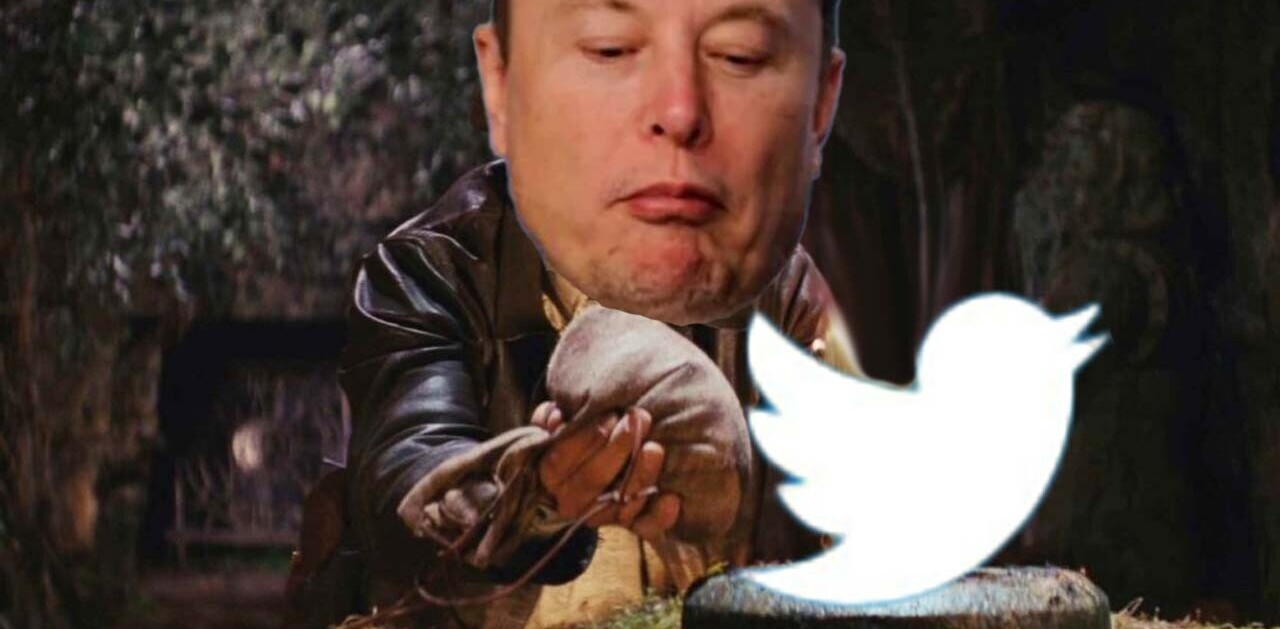
 Lots has been written and hyped about Twitter since its creation three years ago. Twitter has been touted as the fastest growing social network (19% of U.S. Internet users tweet), and a communication medium with still unforeseen capabilities. The company closed a $100M funding for a $1 billion valuation on Sept 25 of this year. It brought in new investors (T. Rowe Price and Insight), therefore setting new expectations for a possible IPO.
Lots has been written and hyped about Twitter since its creation three years ago. Twitter has been touted as the fastest growing social network (19% of U.S. Internet users tweet), and a communication medium with still unforeseen capabilities. The company closed a $100M funding for a $1 billion valuation on Sept 25 of this year. It brought in new investors (T. Rowe Price and Insight), therefore setting new expectations for a possible IPO.
That much-discussed funding brought the question of revenue, or rather the lack of it, as well as the lack of a clear business plan. Twitter plans to get $4M in revenue this year, a far cry from a $1 billion valuation. Also Twitter seems to have reached a plateau of about 21 millions unique visitors per month (even though that number does not account for access via 3rd party applications, which is used by more than half of the users). Thus the questions are: how and when Twitter will generate any sizeable revenue; and how Twitter will generate more traffic and get more people to use its services?
The most obvious sources of revenue, advertising and premium features, are still to be developed. Advertising will not come before next year at best, and premium features for businesses are still looking for their foothold (like detailed analytics, insight in the retweeting dynamics, reports on followers and their behavior, trusted accounts, ROI measurements, etc).
Even though Google CEO Eric Schmidt called Twitter a “poor man’s email”, he was willing to pay Twitter a fee to access the full tweet feed, as did Microsoft. And Microsoft gained some momentum by making the service available right after the announcement. The details of the deal are still unknown, but Twitter could not have better demonstrated how relevant it is on the scene of real-time search by striking a double deal with the two search giants. Bringing real-time search in advertisements certainly opens a new revenue stream for targeted ads. When Google launched in September 1998, nobody really knew how much revenue would be generated by advertisement. Fast forward 10 years, and AdWords produced about 2/3 of the $22 billion revenue of Google in 2008. So this new stream of revenue could be more than substantial, and Twitter will be a major source for shaping it.
The last question is how Twitter will increase the number and the loyalty of its users, hoping this will also increase the quality and relevance of the tweets (90% of the traffic is generated by 10% of the users, and a quarter of the tweets is spambot generated). Twitter has been refraining from providing utilities to manage tweets and followers, and that led to a proliferation of small startups. It will come a time –the sooner the better—where some consolidation happens in that ecosystem, bringing more automation and getting more people to sign up to the service. Twitter’s decision to support French, Italian, German, and Spanish languages will also make it less US/UK centric and more international.
The other extension strategy gravitates around mobile applications, which is certainly the fastest growing platform for a communication medium like Twitter. In that respect, the recent agreement of Twitter with India’s largest mobile operator, Bharti Airtel, is significant: SMS updates from Twitter will be received via SMS for free. Less significant but still emblematic, the low-profile Peek is going Twitter in the US. By negotiating fast and free access to updates via mobile phones, Twitter is hoping to increase its user base. With WiFi and WiMax becoming ubiquitous, mobile Twitter clients will produce real-time, location aware, tweets that can be used by marketers, direct sales, urban traffic controllers, emergency response, and many more services still to be discovered. You could imagine using Twitter update’s API to allow a group of followers to cooperate on a shared application –e.g., a game, a knowledge database, etc.
Twitter started to answer those questioning its lack of business model by positioning itself as a major content provider for real-time search, and by establishing itself as a (quasi) free mobile communication application. Whether Twitter will successfully monetize its content directly, or produce revenue from direct advertising and communication, will be seen in the next 12-18 months.
Get the TNW newsletter
Get the most important tech news in your inbox each week.




